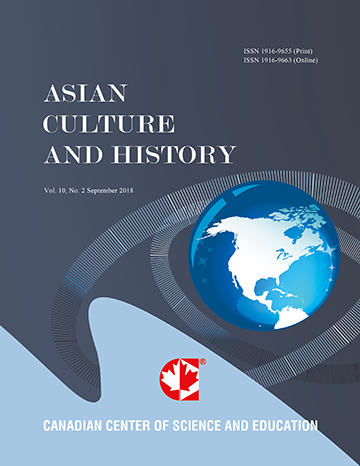Art and the Shift in Garden Culture in the Jiangnan Area in China (16th - 17th Century)
- Jane Zheng
Abstract
The remarkable growth in interest in aesthetic gardens in the late Ming period has been recognized in Chinese garden culture studies. The materialist historical approach contributes to revealing the importance of gardens’ economic functions in the shift of garden culture, but is inadequate in explaining the successive burgeoning of small plain gardens in the 17th century. This article integrates the aesthetic and materialist perspectives and situates the cultural transition in the concrete social and cultural context in the late Ming period. Beginning with describing a taste change and an expansion in the number of gardens, this article focuses on the small plain garden phenomenon by exploring the unique role that the arts (e.g., poetry and painting) played. A series of artistic criteria were established in the late Ming period. The application of these aesthetic rules to gardens enabled more people to own gardens. This is process that economic requirements for owning gardens were lowered, giving way to the aesthetic appreciation and exploration of literati individuals’ artistic talents. Gardens thus became more widely accessible and provided enhanced pleasure to the middle and lower class families. The conclusion is that the ‘major shift’ in garden culture was closely associated with the change of garden owners’ aesthetic tastes, in addition to the economic conditions in the Jiangnan area. In the increased popularity of gardens, the arts played a significant role.- Full Text:
 PDF
PDF
- DOI:10.5539/ach.v5n2p1
Journal Metrics
Google-based Impact Factor (2017): 5.42
h-index (January 2018): 11
i10-index (January 2018): 21
h5-index (January 2018): 6
h5-median (January 2018): 9
Index
- Academic Journals Database
- CNKI Scholar
- COPAC
- EconPapers
- Elektronische Zeitschriftenbibliothek (EZB)
- Excellence in Research for Australia (ERA)
- Genamics JournalSeek
- Google Scholar
- Infotrieve
- LOCKSS
- MIAR
- NewJour
- Open J-Gate
- PKP Open Archives Harvester
- Publons
- RePEc
- Scilit
- SHERPA/RoMEO
- Standard Periodical Directory
- Technische Informationsbibliothek (TIB)
- The Keepers Registry
- Universe Digital Library
- WorldCat
Contact
- Ivan YongEditorial Assistant
- ach@ccsenet.org
